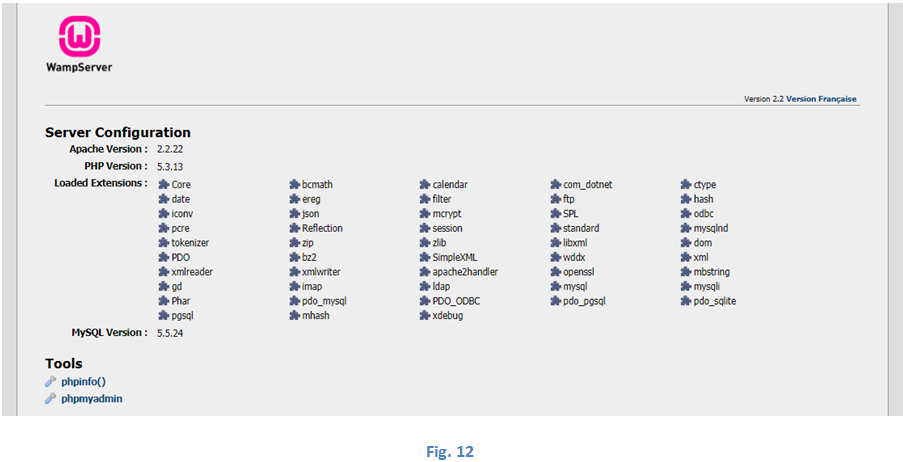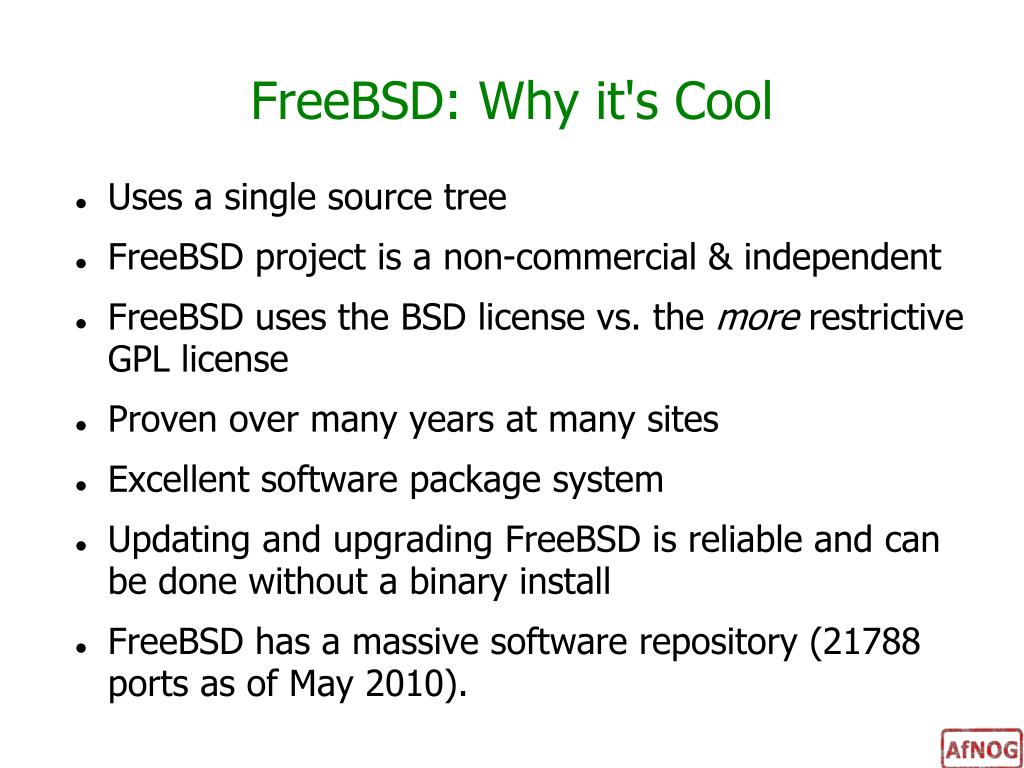- How To Install Php Imap download free, software Mozilla Firefox
- How To Install Php Imap download free, software 2020
PHP is a widely-used general-purpose scripting language that is especially suited for Web development and can be embedded into HTML. To install the IMAP module on Red Hat Linux Enterprise 4 (RHEL4): - Open a terminal window - If you're not root, become root with su - type: RPM -i php-imap (RPM will download, install and resolve dependencies) - restart your web server with: service httpd restart I hope this helps newbies (like me). NOCC is a webmail client written in PHP that provides webmail access to IMAP and POP3 accounts. Features: Connection to IMAP and POP3 server, Sending mail with MTA (Sendmail, Postfix, etc.) or SMTP server, Support MIME attachment messages, Multi-lan. IMAP offers you the ability to use STARTTLS as a security option when downloading your email. STARTTLS is a form of SSL encryption between your computer and the EarthLink mail server that helps prevent someone from being able to intercept and read your email content when you download it from the EarthLink Mail server. IncrediMail is a free email client software for your computer. It lets you add many IMAP and POP email accounts such as AOL mail, Windows Live Hotmail, Gmail and Yahoo. It also gives you the option to select an animated creature which gives you notification about your emails.

by Tali Smith

The fastest and easiest way to install PHP on Internet Information Services (IIS) is by using the Microsoft® Web Platform Installer (Web PI). Web PI completely automates setting up IIS, FastCGI, and the latest version of PHP from the php.net Web site. With Web PI, you can navigate to the 'Web Platform' tab and select 'PHP' under 'Framework and Runtimes' customize link. Alternately, use the instructions that follow as guidance for installing PHP with Windows® Installer or using a compressed (Zip) file installation.
There are two builds for each PHP version: one is thread-safe, and one is not (referred to as the non-thread-safe [NTS] version). The thread-safe version is designed for environments where the Web server core can keep the PHP engine in memory, running multiple treads of execution for different Web requests simultaneously. The architecture of IIS and the FastCGI extension provide an isolation model that keeps requests separate, removing the need for a thread-safe version. The NTS version does not have any of the code that allows PHP to manage multiple threads. As a result, there is a performance improvement on IIS when using the NTS version when compared to the tread-safe version because the NTS version avoids unnecessary thread-safety checks (FastCGI ensures a single-threaded execution environment).
Install PHP
There are two main ways to install PHP on a Windows®-based computer: download the Windows Installer or use the Windows Zip file from the PHP Web site. Either method will get PHP working, but both have some extra steps that are needed to make PHP work well.
Windows Installer
The Windows Installer version can get a complete PHP environment up and running, but the installation of extensions can be confusing. By default, no extensions are installed, and this can adversely affect the usefulness of the PHP installation. Alternately, all of the extensions can be installed; this results in an unstable system because some of the extensions can conflict with others. It is generally easier to use the Zip file installation.

How To Install Php Imap download free, software Mozilla Firefox
Zip File Installation
To use the Zip file installation, follow the instructions in Using FastCGI to Host PHP Applications on IIS 7.0 and Above. The Zip file installation installs many of the extensions that are available for the Windows Installer version; however, none of the extensions are enabled until their entries in the Php.ini file are set up.
Download the latest non-thread-safe Zip file package with binaries of PHP. Under Windows Binaries, click on the most current PHP non-thread-safe Zip package to download the PHP files.
Unpack the files to a directory of your choice (for example,
C:PHP) on your IIS server.Rename the Php.ini-recommended to php.ini.
Open the Php.ini file in a text editor, then uncomment and modify settings as follows:
Set fastcgi.impersonate = 1.
FastCGI under IIS supports the ability to impersonate security tokens of the calling client. This allows IIS to define the security context that the request runs under.Set cgi.fix_pathinfo = 0
The cgi.fix_pathinfo provides PATH_INFO/PATH_TRANSLATED support for Common Gateway Interface (CGI). Setting this to 1 will cause PHP CGI to fix its paths to conform to the specification.Set cgi.force_redirect = 0.
Set open_basedir to point to a folder or network path where the content of the Web site(s) is located.
Set extension_dir to point to a location where PHP extensions reside. For PHP 5.2.X, this is typically extension_dir = './ext'.
Set error_log='C:php_errors.log'
This can help with troubleshooting.Enable the required PHP extension by un-commenting corresponding lines. More information follows in the section, Extensions.
Figure 1 Windows extensions
Click on Start, Settings, Control Panel, and then double-click on the System icon (using the class view).
Click on the Advanced system settings link in the left column.
From the System Properties window, click on the Advanced tab, and then click on the Environment Variables button at the bottom.
Select the Path variable from the System Variables section, and then click on Edit. Add:
c:phpto your system path.
Figure 2: Edit System VariableClick OK until you have exited the System Properties window.
Start IIS Manager by clicking on Start, Programs, Administrative Tools, and then Internet Information Services (IIS) Manager.
From the IIS Manager, click on the hostname of your server in the Connections panel on the left.
Double-click on the Handler Mappings icon.
Figure 3: Internet Information Services (IIS) ManagerFrom the Handler MappingsActions panel, click on Add Module Mapping.
Figure 4: Handler MappingsType the following information into the appropriate text boxes, and then click OK.
- Request path: *.php
- Module : FastCGImodule
- Executable: C:phpphp-cgi.exe
- Name: FastCGI
Figure 5: Add Script MapClick OK, and then c lick Yes.
In the left panel, click on your server's hostname, and then double-click on the Default Document icon.
From the Actions panel on the right, click Add.
Enter index.php as the new default document name, and then click OK.
Enter default.php as the new default document name, and then click OK.
In the left panel, click on your server's hostname.
In the Actions panel on the right, click Restart.
Create a new text document, and save it as
c:inetpubwwwrootphpinfo.phpwith the following content:You should now see the PHP information page at
http://localhost/phpinfo.php.
Figure 6: PHP information page
Extensions
It is important to determine which extensions are needed by the applications that will be running and then to limit the installed extensions to only those. For a typical open-source application installation, for example, the following extensions are installed:
How To Install Php Imap download free, software 2020
- Database Extensions — Most open-source applications that use MySQL for a database engine use either the php_mysql or the php_mysqli extensions. For new development work, either of these extensions work well, or consider using the PDO versions of the MySQL driver (PDO is a PHP extension providing aUsing FastCGI to Host PHP Applications on IIS 7.0 and Above' by Ruslan Yakushev, published on December 5, 2007.
See also
- PHP on Windows Training Kit.
- Installing PHP on Windows Server 2008.
- PHP on IIS7.
- Deploying IIS 7.5 + FASTCGI + PHP on Server Core.
